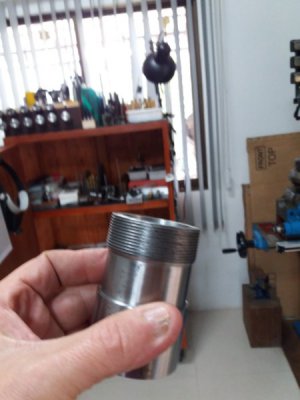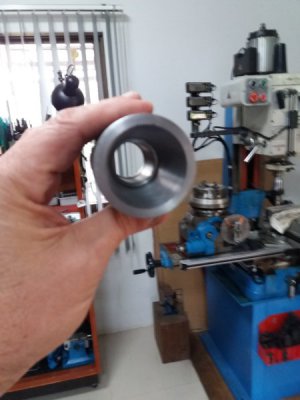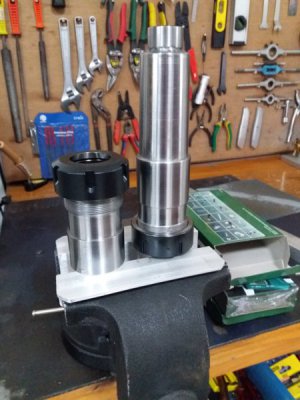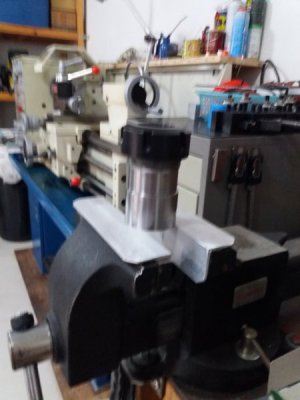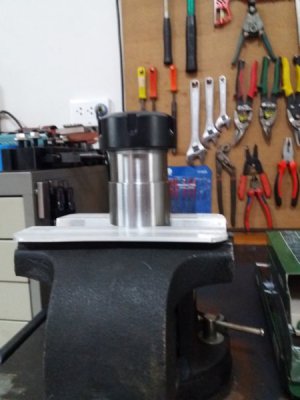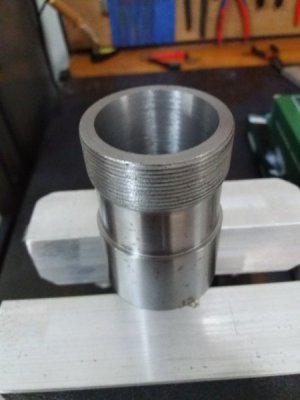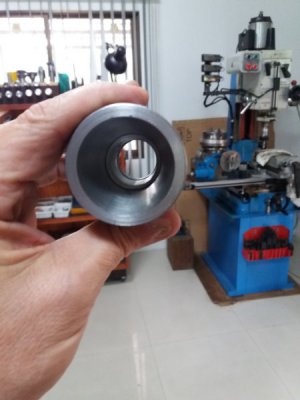I have a PM1030V lathe.
http://www.precisionmatthews.com/wp-content/uploads/2017/01/Spec-Sheet-1022V1030V.pdf
Having a blast.
I want to be able to turn a part around--when I do that though the chuck jaws chew up the lovely OD I just made. I have tried wrapping with thin copper. Sort of works. And sort of a pain (I guess I will get better.). And ensuring the new axis of rotation is exact on the original one--a real pain. I am slowly learning to indicate in (even on the three-jaw) but it is painstaking.
So, I figure a collet system.
My question--how do I connect the MT#4 internal spindle taper to a collet system? I have some R8 collets for the mill. Is there an adapter for that? Or which collet system is best to connect to the MT#4? ER32? ER40? Why one or the other? Other options? Pointers to anything I can read on this are always welcome. Opinions and experience are of particular interest.
And, related, what if I am working on say a 2" OD and want to turn the piece end-for-end? Any efficient system for doing that? Or just protect with copper and carefully indicate in?
-Bill
http://www.precisionmatthews.com/wp-content/uploads/2017/01/Spec-Sheet-1022V1030V.pdf
Having a blast.
I want to be able to turn a part around--when I do that though the chuck jaws chew up the lovely OD I just made. I have tried wrapping with thin copper. Sort of works. And sort of a pain (I guess I will get better.). And ensuring the new axis of rotation is exact on the original one--a real pain. I am slowly learning to indicate in (even on the three-jaw) but it is painstaking.
So, I figure a collet system.
My question--how do I connect the MT#4 internal spindle taper to a collet system? I have some R8 collets for the mill. Is there an adapter for that? Or which collet system is best to connect to the MT#4? ER32? ER40? Why one or the other? Other options? Pointers to anything I can read on this are always welcome. Opinions and experience are of particular interest.
And, related, what if I am working on say a 2" OD and want to turn the piece end-for-end? Any efficient system for doing that? Or just protect with copper and carefully indicate in?
-Bill

